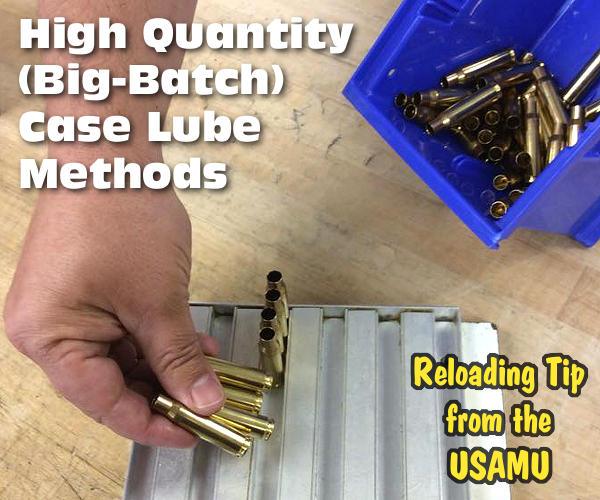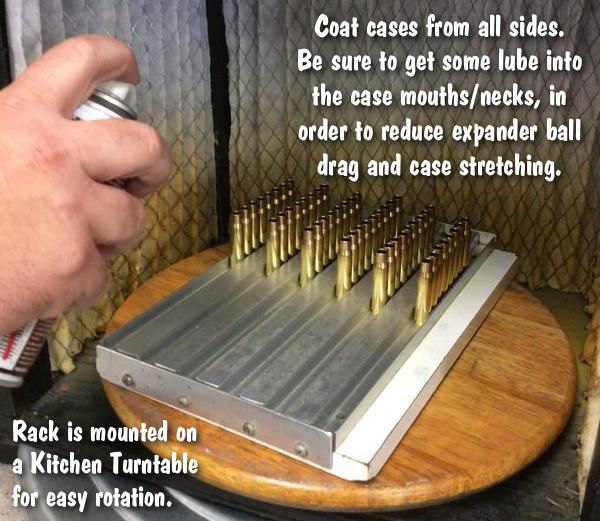I've experienced this cold weld first hand when I broke down some 20 year old 222 hand loaded ammo I'd made with new brass. The bullets were 50 gr Hdy sx, and in one instance I pulled the jacket apart, leaving the bottom of the cup in the case neck.
I would have to assume that I've fired several to many rounds that were fused together, maybe that's the reason for the odd high pressure signs you might get in one round while all the rest look good?
I would have to assume that I've fired several to many rounds that were fused together, maybe that's the reason for the odd high pressure signs you might get in one round while all the rest look good?



